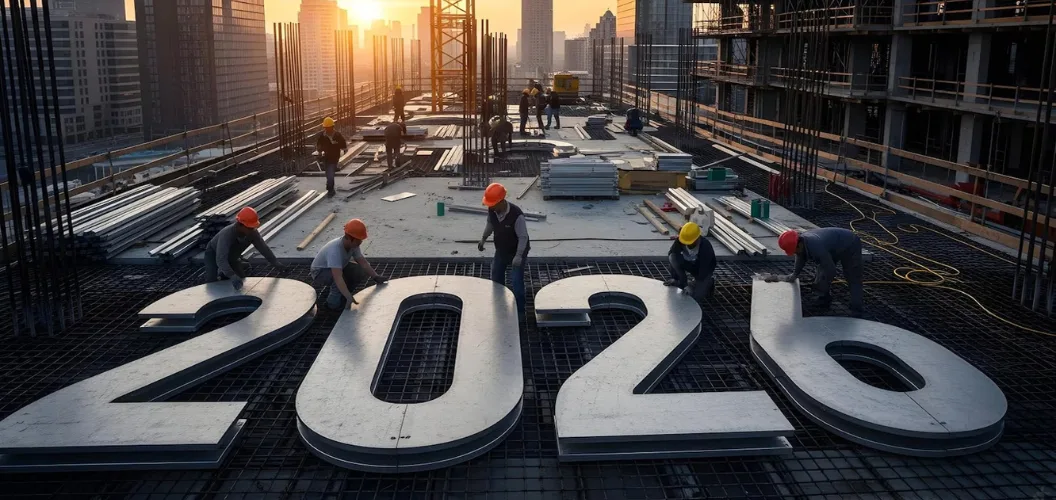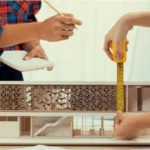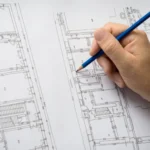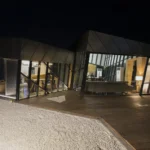The construction industry in India is evolving faster than ever before. If you are planning a residential construction or a commercial construction project in the next few years, you should be aware of the latest construction industry trends. Why? Because these trends reveal whether the construction company you hired is forward-looking or stuck in old ways.
At RS Builders, we believe that staying ahead of these construction industry trends is not just about keeping up with technology. It’s about delivering long-lasting, efficient, and future-ready spaces that truly stand out.
Let’s walk through the top 10 emerging construction trends in India for 2026 that you should keep an eye on.
-
Virtual Construction Becomes Mainstream
Imagine being able to walk through your dream home or office before the first brick is laid. Virtual design and construction (VDC) makes that possible. By using digital models and immersive simulations, you can see exactly how the finished project will look.
- It helps spot errors before construction starts.
- Saves time and money by reducing rework.
- Gives you more confidence in the design and reduces minor iterations.
Virtual construction is revolutionising the construction process. By 2026, it will be a standard procedure for all the construction companies before they start any project.
-
The Rise of Smart Cities Necessitates Energy-Efficient Buildings
India’s push for smart cities is shaping the way new residential and commercial construction projects are executed. The focus is on buildings that are not just beautiful but also intelligent. Think of spaces where lighting, cooling, security, and energy systems are all connected and optimised.
This energy efficiency translates to lower running costs and a lifestyle that feels seamless. A residential construction project today needs integration of solar-powered heating, smart meters, and app-based controls. In commercial construction, these features mean better sustainability and higher property values.
-
The Green Building Movement Gains Strength
Sustainability is no longer optional. Rising energy prices and environmental concerns have pushed the green building trend into the spotlight. Builders are now focusing on eco-friendly materials, water recycling systems, and designs that reduce carbon footprint.
If you are investing in construction, choosing a construction company that prioritises green practices ensures your project stands the test of time and complies with future regulations.
-
Drone Technology Takes Off
Drones are changing how sites are monitored and managed. They give real-time aerial views, track progress, and even help in land surveys.
- Faster site mapping with higher accuracy.
- Reduced reliance on manual inspections.
- Safer environments because risky checks are done by machines.
By 2026, drones will not just be for large infrastructure projects but also common in residential and commercial construction.
-
Demand for Skilled Labour Hits New Heights
Here’s the truth: technology is fantastic, but you still need skilled people on site to bring those architectural drawings to life. The Indian construction industry is facing a shortage of specialised labour, and that’s pushing wages higher.
That’s why the builder you choose matters more than ever. We have an experienced team of construction experts and civil engineers who can precisely execute those designs without delays. Our skilled labour ensures faster project delivery and fewer mistakes, which saves you money in the long run.
-
Building Information Modelling (BIM)
Apart from Virtual Design and Construction, BIM is also enhancing the accurate execution of construction. BIM combines planning, design, and execution into a single data-rich platform, which reduces clashes in different elements of the building.
- Architects, engineers, and builders all work from the same model.
- Reduces errors because every detail is accounted for.
- Improves efficiency for both small and large projects.
By 2026, BIM will be the gold standard. Construction companies that do not adopt BIM will struggle to deliver the level of accuracy and speed clients now expect.
-
Pre-Engineered Buildings (PEB)
The modern construction landscape is witnessing the rise of pre-engineered buildings. These PEBs can be constructed significantly faster than traditional buildings, which is an essential element required in time-sensitive projects..
Here are some pros of Pre-Engineered Buildings (PEB):
- Less time is taken to complete the entire construction.
- Significant flexibility in design.
You can opt for PEB if you want to get your commercial building made.
-
Safety-First Culture Strengthens
Construction sites can be risky, but that’s changing. With new safety tech, durable PPE, and stricter worker safety regulations, on-site safety is becoming a priority.
For you as a client, this translates into fewer delays due to accidents, higher productivity on-site, and peace of mind knowing your project is being built responsibly.
-
Modular and Off-Site Construction
Modular construction is bridging the gap between speed and quality of construction. Instead of building everything on-site, large components are manufactured in factories and then assembled like Lego pieces.
- Reduces project timelines significantly.
- Improves precision because components are machine-made.
- Minimises disruption at the actual site.
By 2026, modular will become especially popular for urban projects where space and time are limited.
-
Data-Driven Project Management
Construction is no longer guesswork. Builders are using software to track costs, monitor progress, and predict challenges before they happen.
Data-driven tools help:
- Keep projects on schedule.
- Control budgets effectively.
- Provide clients with clear, transparent updates.
When your builder uses these tools, you don’t just get a building. You get accountability at every stage.
Why These Trends Matter for You
These trends are just buzzwords, they are the qualitative parameters of how well your construction company can do justice to your residential or commercial construction project. If your builder’s construction processes are in line with these trends, then they can deliver your projects in a safer, faster, and cost-efficient manner.
At RS Builders, we constantly integrate these advancements into our work. Under the leadership of Ravijeet Singh, our team believes construction is not about putting bricks together, which makes us the leading builders in Mohali. It’s about creating structures that inspire, endure, and match the pace of modern India.
Frequently Asked Questions
1. Why should I know about construction trends when planning my residential or commercial project?
These trends directly affect cost, speed, sustainability, and quality. A builder who follows modern practices ensures your project is future-ready and more valuable in the long run.
2. What is the difference between Virtual Construction and BIM?
Virtual Construction lets you visualise and walk through your project before it begins, while BIM is a data-driven model that streamlines planning, design, and execution. Together, they minimise errors and save time.
3. Are Pre-Engineered Buildings (PEB) reliable for commercial use?
Yes, PEBs are durable, cost-effective, and much quicker to assemble than traditional methods. They are increasingly popular for offices, warehouses, and large-scale commercial spaces.
4. How do drones improve construction quality and safety?
Drones provide real-time site monitoring, accurate mapping, and reduce the need for risky manual inspections. This boosts safety for workers and keeps projects on track with fewer delays.
5. What should I ask my builder before starting a construction project?
Ask whether they use BIM, green building materials, drones, or skilled labour for construction execution. If they follow these trends, you’ll know they’re equipped to handle modern construction demands.





